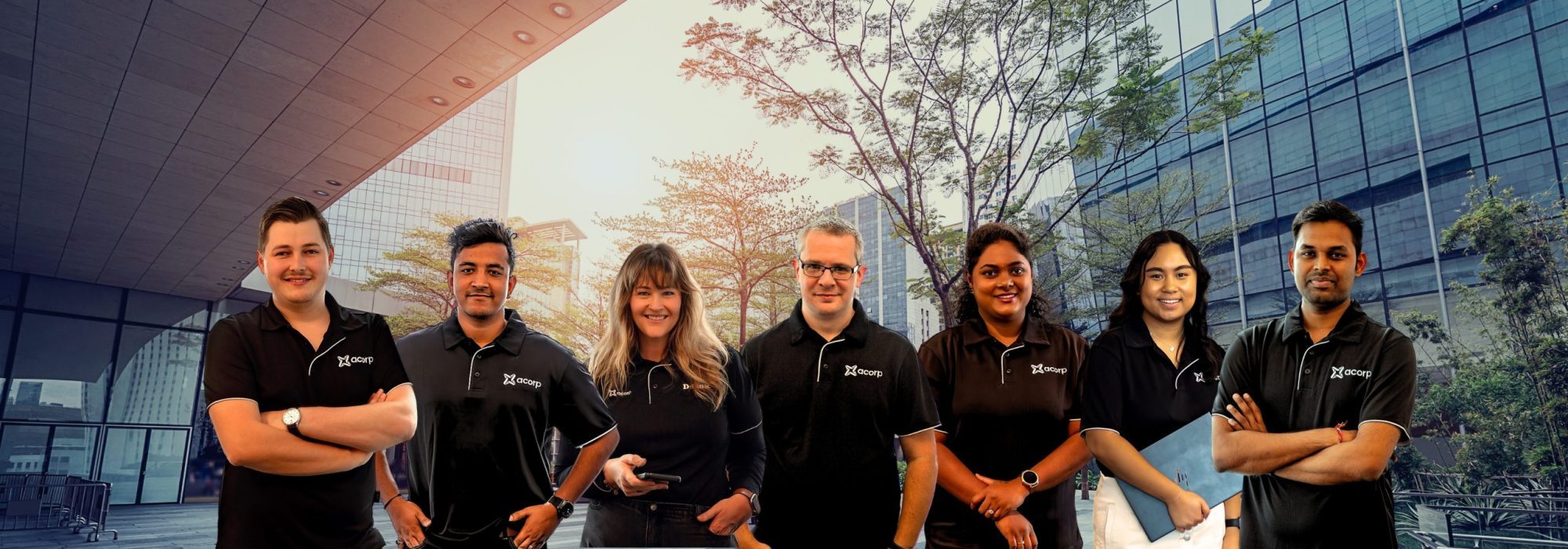
Check Our Latest News
Why Cybersecurity Is a Team Effort (And How to Build a Security-First Culture)
Cybersecurity isn’t just an IT department’s responsibility, it’s everyone’s responsibility. From the CEO to the newest employee, every person in your organisation plays a role in keeping your business secure.
While A Corp provides proactive security measures like firewalls, email filtering, and endpoint protection, some threats are designed to bypass even the best defences. Sophisticated attacks like spear phishing, business email compromise (BEC), and impersonation scams rely on human error rather than technical vulnerabilities. A well-crafted phishing email may look like it’s from a trusted colleague, a supplier, or even your CEO and is designed to trick employees into handing over credentials, approving fraudulent invoices, or clicking malicious links. That’s why building a security-first culture within your organisation is just as important as having the right security tools in place.
Let’s break down what you need to build a security-first culture, without impacting staff productivity or creating frustration amongst your team.
1. Make Cybersecurity a Daily Conversation
Security shouldn’t just come up when something goes wrong. Instead, integrate it into everyday conversations:
- Share quick security tips in team meetings
- Include cybersecurity reminders in company newsletters
- Celebrate employees who report suspicious emails or follow best practices
2. Train Your Team (and Keep It Engaging!)
Cybersecurity training doesn’t have to be dull or technical. Talk to A Corp about our comprehensive Cyber Security training for your team. A single training session isn’t enough. Regular refreshers help employees stay sharp.
The goal is to empower your team with the knowledge they need to recognise and prevent cyber threats.
3. Keep Security Simple
The easier security is, the more likely your team will follow best practices.
- Use password managers so employees don’t have to remember complex passwords
- Set up multi-factor authentication (MFA) for an extra layer of protection
- Provide clear, step-by-step instructions on what to do if they suspect a cyber threat
Security shouldn’t feel like a burden, it should be part of the way your business operates.
4. Encourage a ‘See Something, Say Something’ Culture
Make it clear that:
- Reporting suspicious activity is encouraged (and won’t get anyone in trouble)
- A Corp is here to help
- It’s better to ask first than to deal with an attack later
The faster a potential threat is reported, the easier it is to contain and prevent damage.
5. Lead by Example
Cybersecurity starts at the top. If leadership follows security best practices, employees are more likely to do the same.
- Are managers using strong passwords and MFA?
- Is leadership engaging with security training?
- Does the company prioritise cybersecurity
A security-first culture only works if everyone is on board, from entry-level employees to executives.
No single person or department can fully protect a business from cyber threats. But when everyone understands their role in cybersecurity, your business becomes stronger and more secure.
